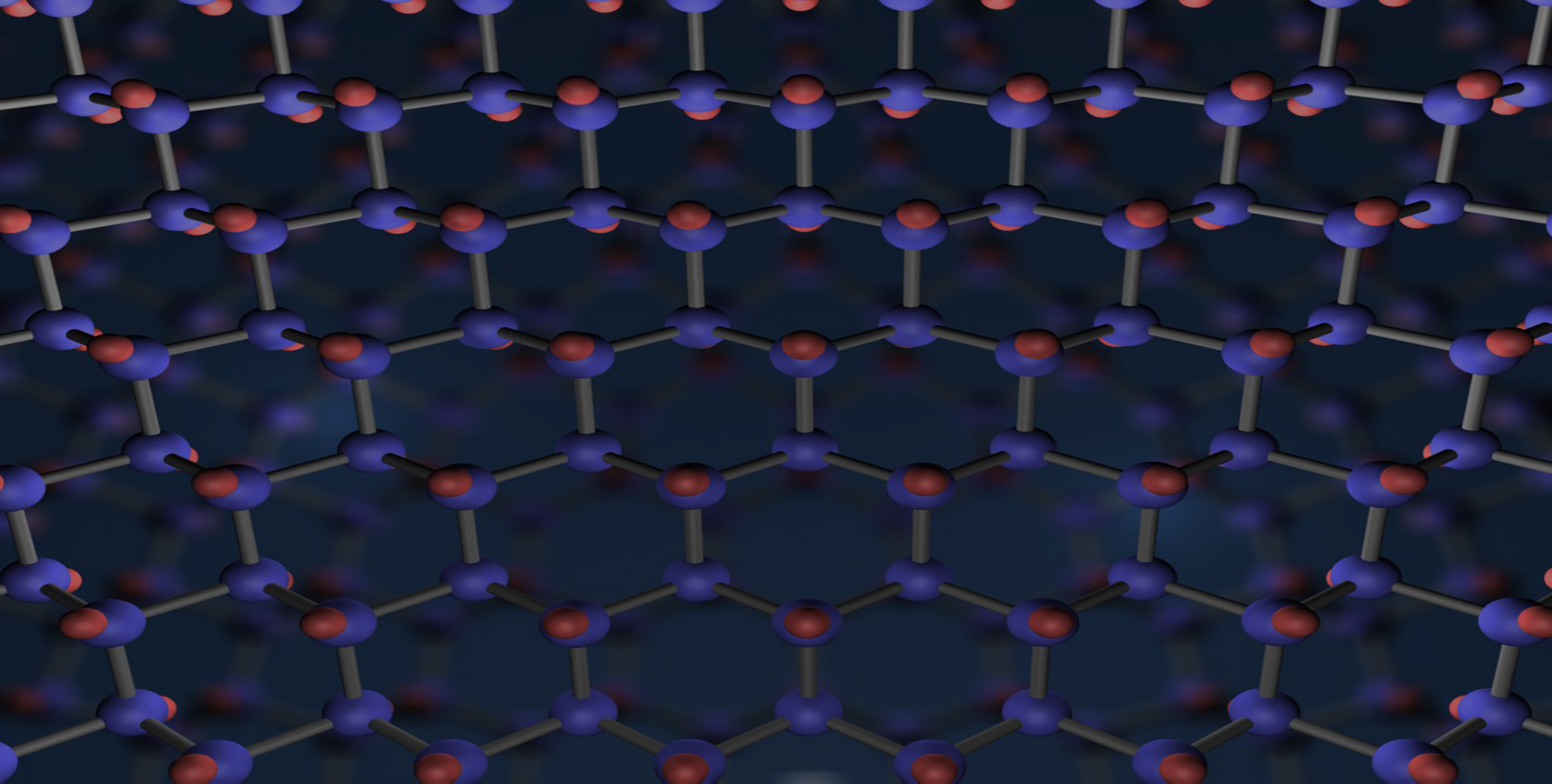Radio-frequency (RF) detection of electrons is key for obtaining a first energy estimate for the electrons. We will make electrons traverse a cavity where we apply an ExB field configuration. The ExB causes the electrons to drift along the electric equipotential planes, while exhibiting the synchrotron motion. We aim at a magnetic field of the order of B=1T, while electrical field will be limited to around E=100 V/m. The Larmor frequency for electrons will be around 26GHz for electrons near the end-point of the tritium spectrum, while the power will be around 1fW. By measuring the frequency of the RF, and the power we can measure the total energy of an electron, as well as the component of the velocity perpendicular to the B-field kT.
We propose to use RF detection techniques similar to the ones used by the Project8 collaboration at Fermilab, where highly sensitive antennas inside resonant cavities were used to obtain an energy resolution of 3.3eV on 30keV electrons [6]. However, the requirements for PTOLEMY are more challenging. We cannot accept large energy losses inside the RF tracking system, since the CνB signal would be washed out by the overwhelming background of the three-body decay spectrum. The RF power emission therefore sets a maximum time we can allow the electrons to reach the cryogenic calorimeters. We estimate that we need to detect the coherent RF signal in a relatively short time of around 100-500 micro seconds to achieve this.


